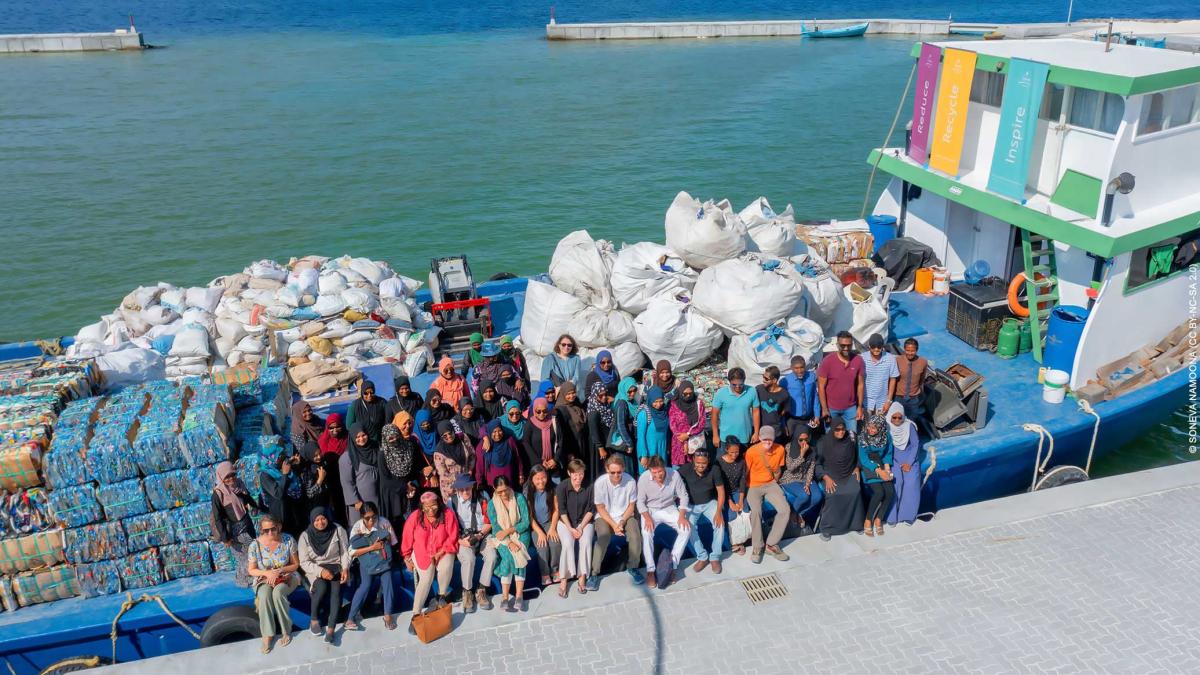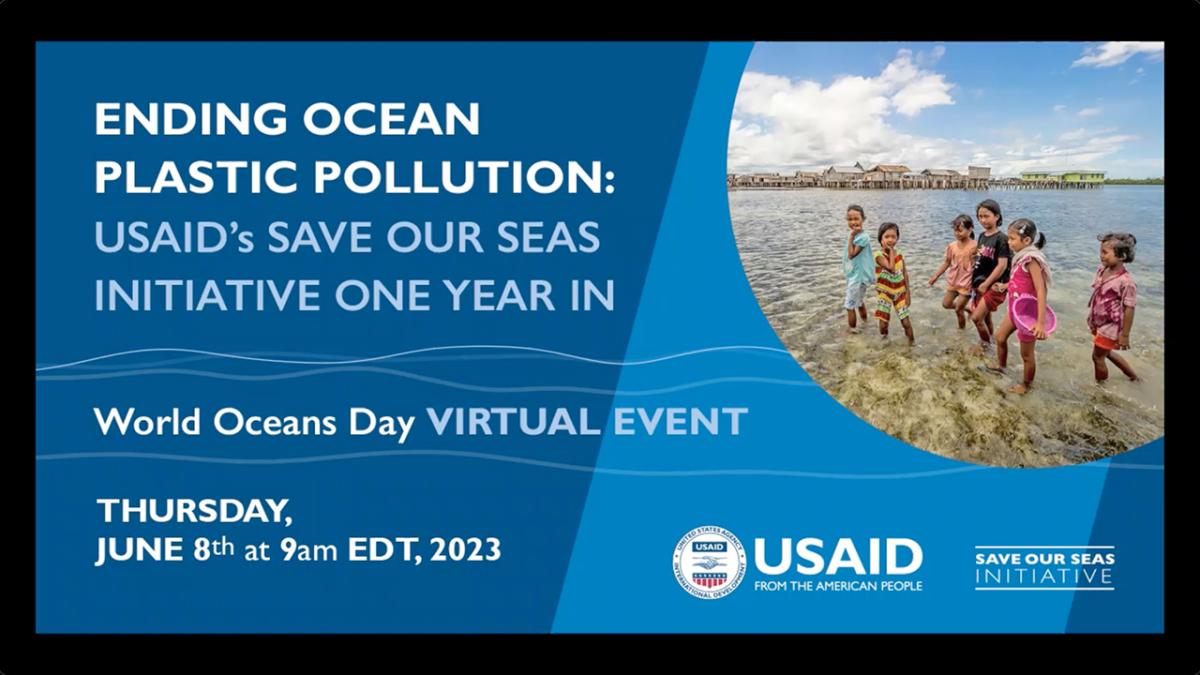Ocean plastic pollution has reached crisis levels: every minute an entire garbage truck’s worth of plastic enters the world’s oceans—amounting to an alarming 11 million metric tons per year. This rate is expected to double by the end of this decade and triple by 2040. This deluge of plastic is threatening the world’s delicate marine ecosystems, global industries such as fishing and tourism, food security, and ultimately human health.
Once plastic enters the ocean, it is extremely difficult and expensive to remove. The most effective way to address this problem is by stopping plastic from entering the ocean in the first place—a significant challenge in many rapidly growing countries. As much as 90 percent of waste is openly dumped or burned in low-income countries. Worldwide, one in four people—nearly two billion total—lack access to effective solid waste management systems.
In response to these mounting challenges, USAID launched the Save Our Seas Initiative—a global effort to combat ocean plastic pollution. Kicked off in June 2022, this initiative includes $103 million in FY 2021 and FY 2022 funding and was designed to support implementation of the landmark Save Our Seas Act 2.0 of 2020. The Save Our Seas Initiative includes 14 national and regional USAID programs in key countries and regions that represent 40 percent of total global mismanaged plastic waste.
This first annual report of the Save Our Seas Initiative focuses on USAID as the lead agency. Achieving the Initiative’s ambitious goal requires a whole of government approach and other departments and agencies play a critical role, such as the U.S. Department of State, the Environmental Protection Agency, and National Oceanic and Atmospheric Administration. Future annual reports will reflect the intensive coordination across the U.S. Government that is already underway to combat ocean plastic pollution globally.




